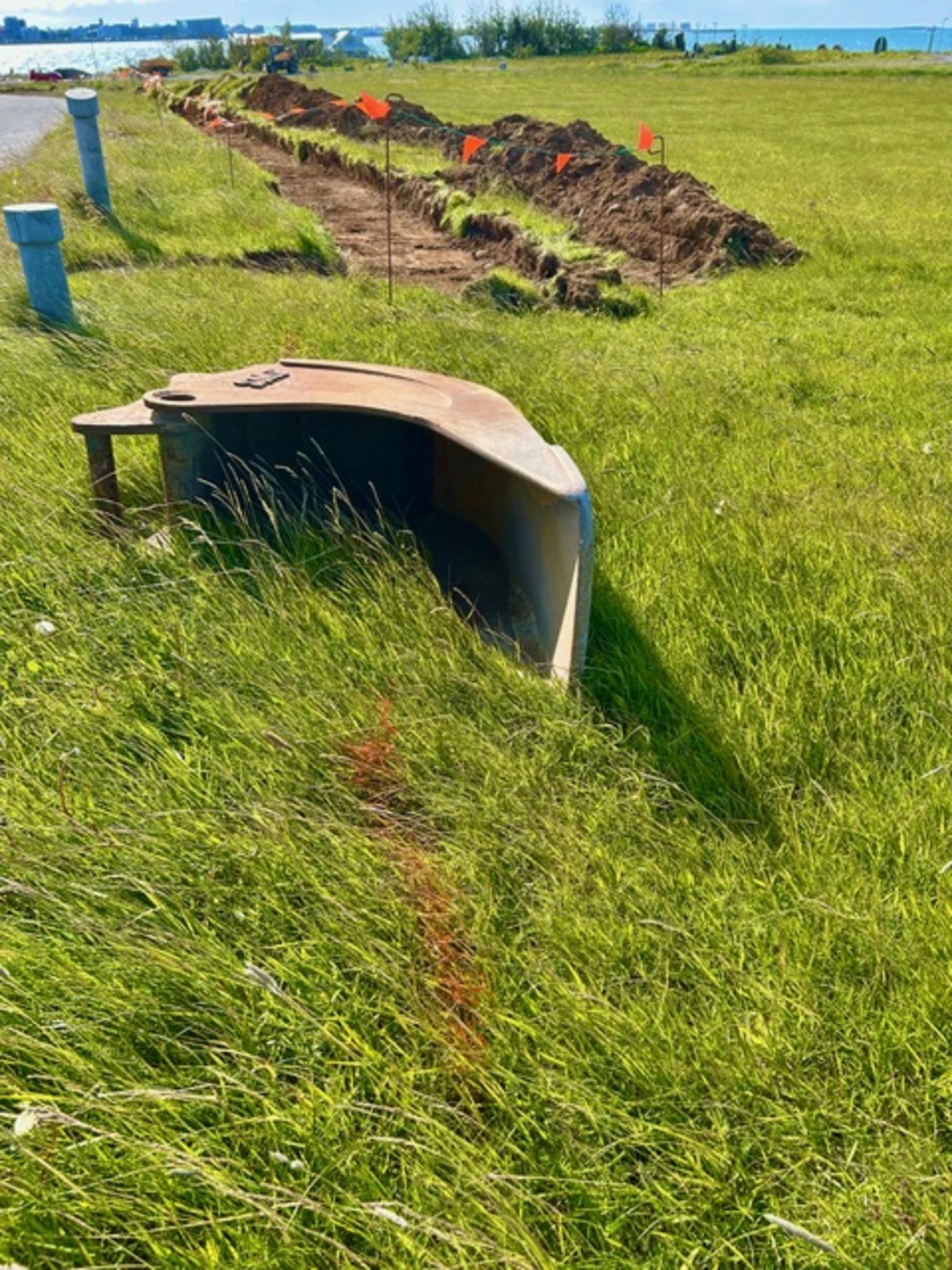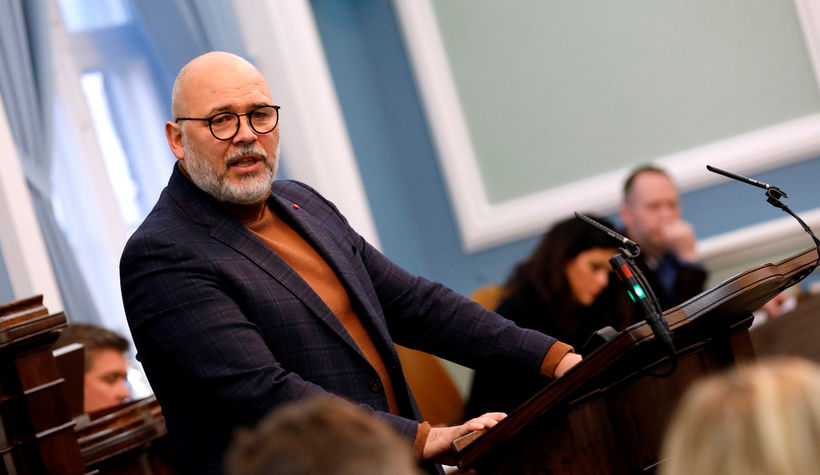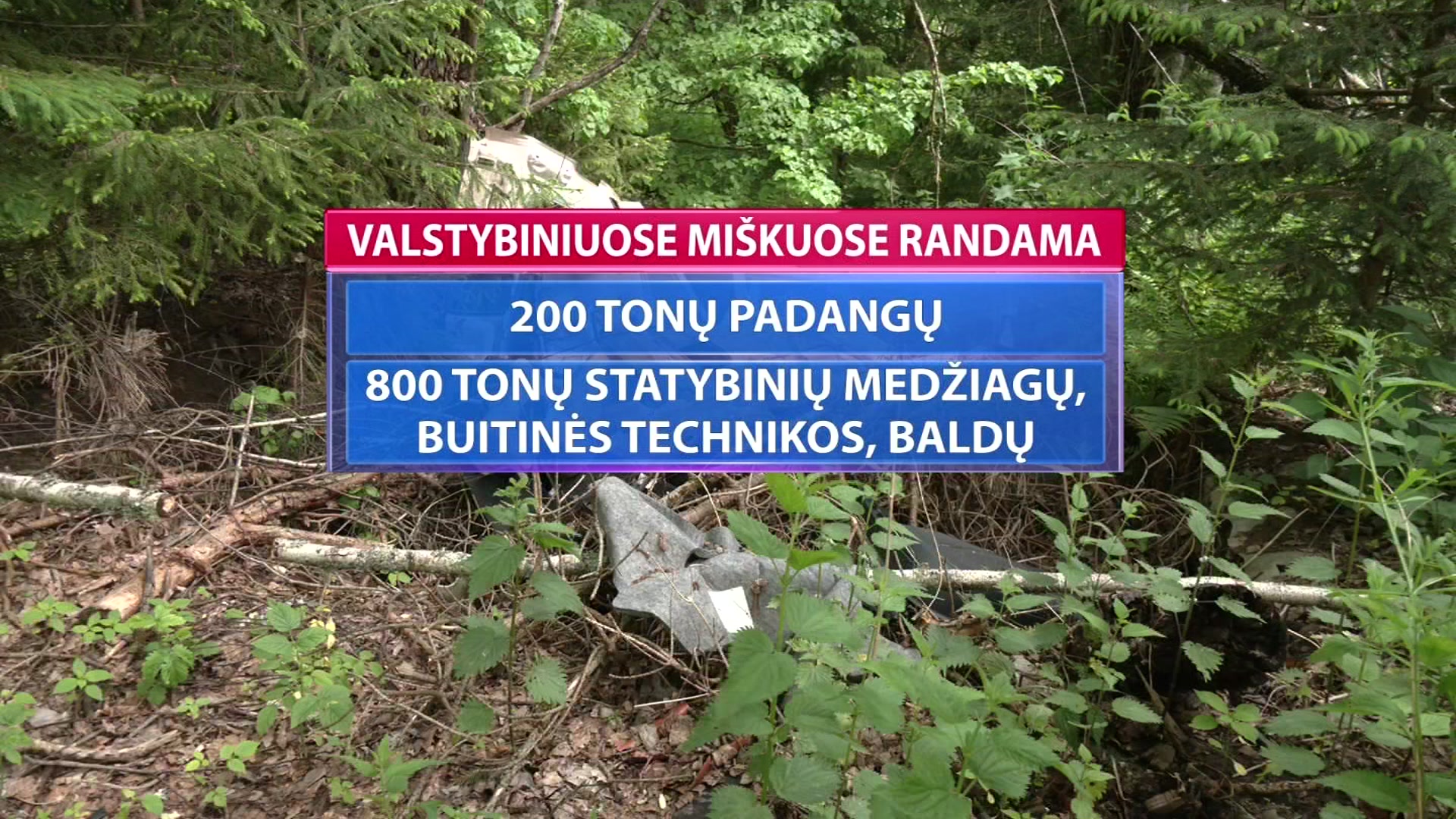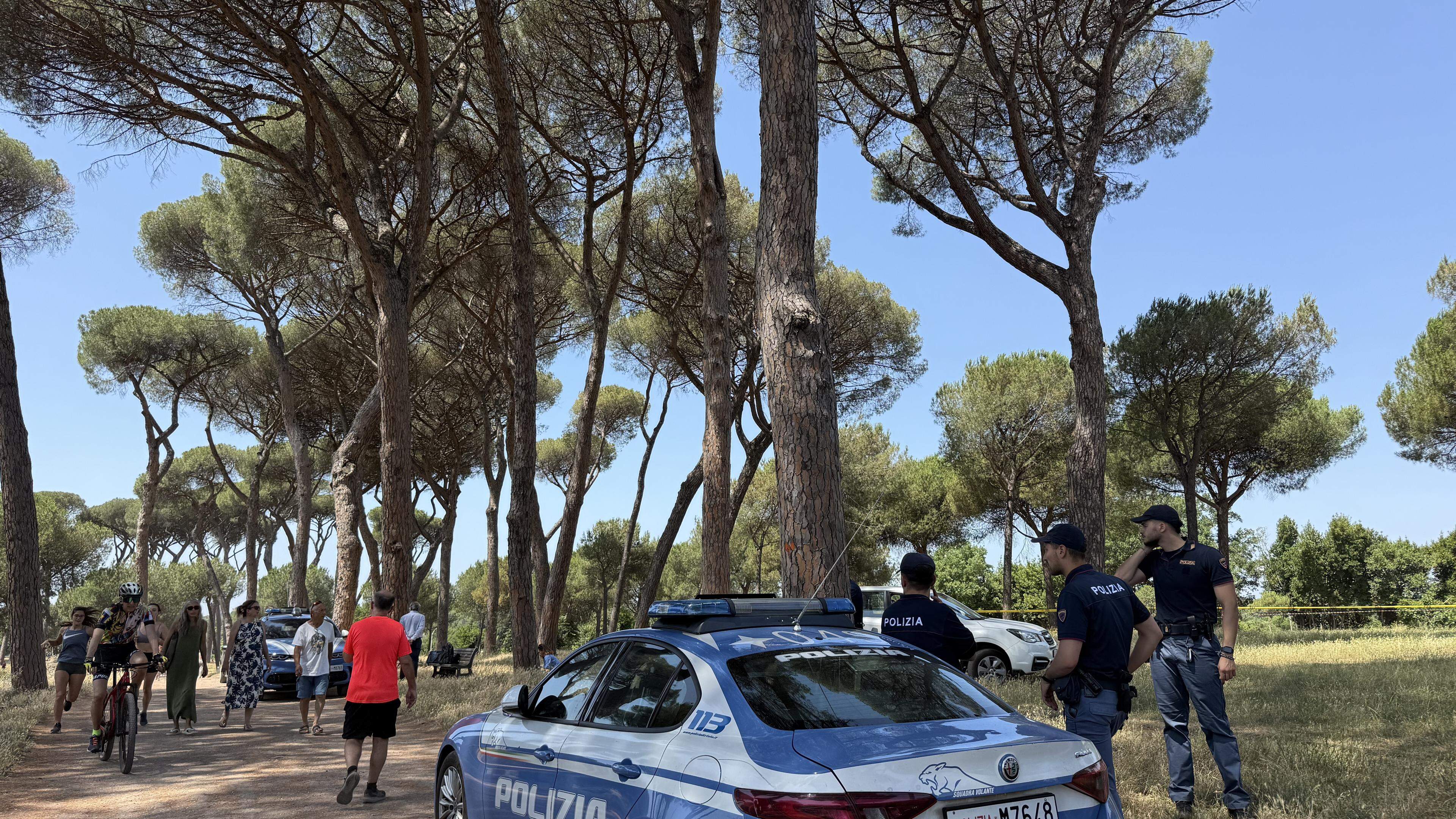Says the damage is probably reversible

Þór Hjaltalín, head of the National Guard Department at the Icelandic Ministries, says the damage that has already occurred in the protected area of Laugarness is probably reversible, but it will be difficult to remove the soil from the monuments.
It was reported over the weekend that projects on the roads of Veitur had caused « irreversible » damage to the protected area of Laugarness, the so -called Beds in the meadow. Laugarnesvinir, informal organizations of people who care about the Laugarnestang, said the construction work has taken place without the knowledge of the Ministry of Ministries, but on the other hand, Veitur said that the Ministry of Ministries had been consulted for the project.
According to Thor, consultations were held between Veitur and the Ministry of Ministries in February, and a comment from the Ministry of Ministries on the project has been made. However, there would have been some misunderstanding on the move. The Ministry of Ministries had requested an archaeologist’s construction supervision throughout the construction site and therefore had not been enforced.
Archaeologist needs permission to have a monitoring
Thor says the pipe cut is mostly in an old pipe cut. This he says good because they are only dealing with areas that have already been disturbed.
« What happened is that it is very narrow to work in the area between the bicycle path and the monuments. What is bad about this is that all soils have been shoveled out on the beds that are there.
So we are faced with the fact that it needs to be cleaned very carefully from the monuments, to make sure that the beds are not damaged, we might have preferred that the soil had been placed on the other side of the incision to protect the monuments, ”says Thor.
He adds that an archaeologist needs to apply for permission to have archaeological control and there the misunderstanding has become.
« We did not see in our evidence that such an application had come ».
Will contact utilities
According to Thor, the Ministry of Ministries will contact Veitur immediately tomorrow and will pay off the misunderstanding.
« We arrived there on Friday, met the developer and demanded that it not go any further, » he says.
The canal is heading towards the cemetery, which is also protected, and will end right by the garden. The gap between the cemetery wall and the bicycle path is very narrow, about one and a half meters, and therefore needs to be very careful in work in that area.
« We just have to go over it with utilities how best to work in such a narrow area. »
« Puting the soil on the beds is very unfortunate »
In a response to Veitur’s inquiry to mbl.is on the matter, it was stated that the developer had started work on site but did not enter an area that requires the monitoring of the archaeologist. It is planned to be done on Tuesday. Archaeologists believe that on -site antiquities do not disturb at such a small depth, but according to a description of the work, about 60 cm depth is dug.
Thor says this answer is based on misunderstanding, but the agency’s opinion states that the archaeologist’s construction supervision should be in the entire construction site. The beds are just visible on the surface and therefore do not need depth to damage them. Just putting the soil out on the beds is very unfortunate.
« What they may have had in mind there is that they are in an old pipe cut which is very good, then they are just digging in when disturbed areas, and if they do not go deeper than 60 cm then it is not deeper than what is already disturbed, in that respect this is quite right.
What we wanted to want is that the soil had not been put on the beds but on the other side, ”he says.







